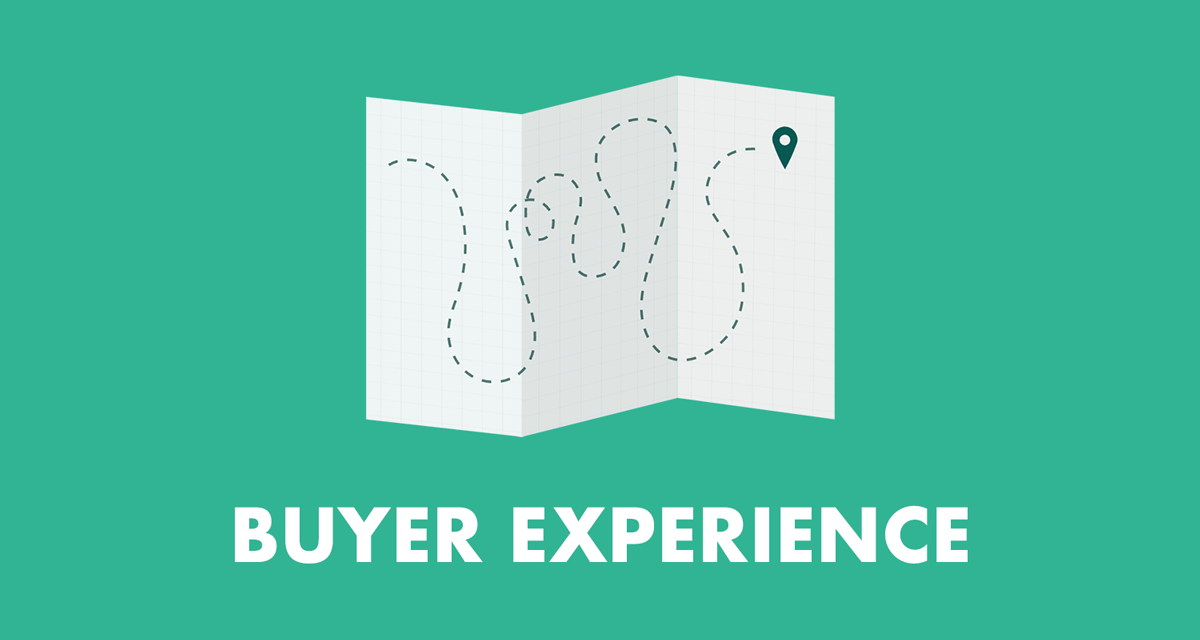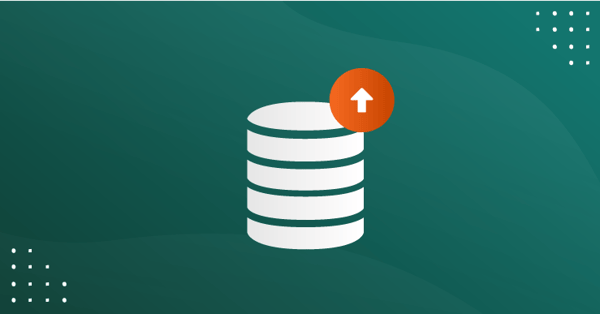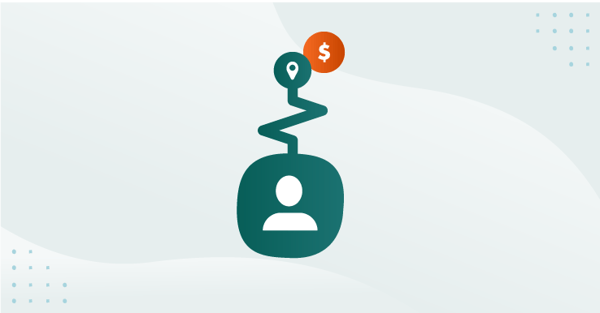The average length of a B2B buyer’s journey varies from 6 to 12 months.
Before making a purchase, a customer makes from 20 to 500 media touchpoints.
However, your success in getting people to buy from you has little to do with the effectiveness of your landing pages. Today, it’s about the way you assist your prospects on their path to purchase.
In other words – you need to create a positive buying experience.
The buying experience, both negative and positive, influences the purchase decision.
And if you don’t want to lose prospects to your competitors, you need to understand the buyers’ needs and optimize your marketing and sales activities to serve them.
How?
Before we share the practical tips on creating a positive buying experience, let’s clarify what the buying experience is and how it differs from the customer experience.
What’s the buying experience?
The buying experience is the term used to define the buyer's perception of the entire buying process – from realizing the need, to exploring available options, to finally making a purchase.
The buying experience is formed by multiple interactions between your prospect and your company.
These interactions, also called touchpoints, come in different forms. These can be online advertising campaigns, TV commercials, social media content, and even word-of-mouth. Mapping out these touchpoints is the key to creating a great buying experience.
Why the buying experience is important
Your prospect doesn’t have much time to do in-depth research of your product features, talk to multiple sales representatives, or wade through boring FAQ sections.
It’s up to you to make the purchase process intuitive and straightforward, with all the necessary information being reachable and clear.
While consumers still agree that price and quality are the most important factors when making a purchase, 52% of respondents say that half or more of their buying decisions are influenced by convenience.
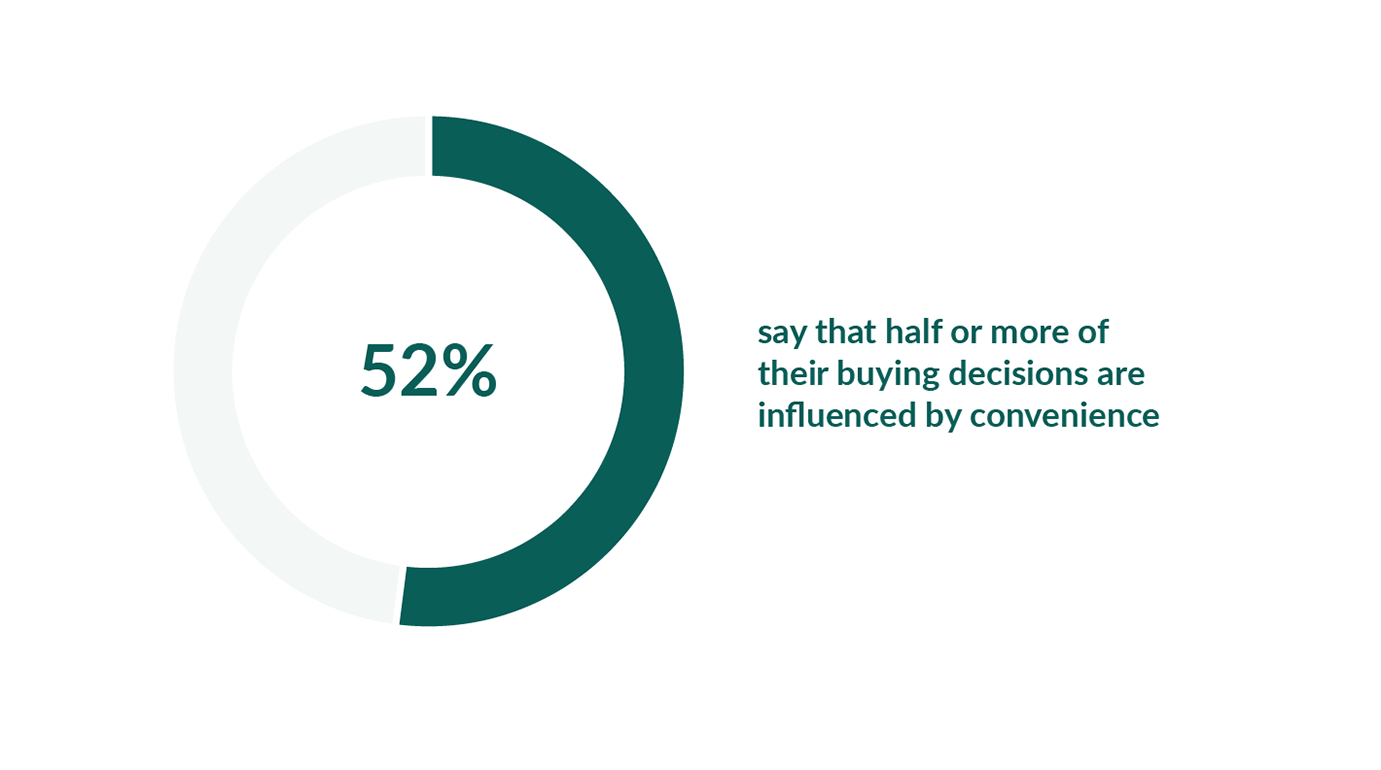
With consumers’ lives getting busier than ever, the overall buying experience is likely to overtake price and quality soon.
The truth is, even with a top-notch product that’s competitively priced, you risk losing to competitors who are more successful at building a strong online presence. And you don’t want to settle for customers your competition didn’t want, do you?
By providing an outstanding buying experience, you:
- Build trust among your audience
- Shorten the sales cycle
- Increase conversion rates
- Get more high-ticket clients
- Gain loyal customers ●
- Increase repeat customer rates
Buying experience vs. customer experience
Wait, aren’t the buying experience and the customer experience the same?
No. They are not.
The customer experience is the perception of your existing customers of their interactions with your product or service from the moment they decide to purchase from you, up until they decide to leave your brand.
While the buying experience is aimed at growing conversion rates and delivering high-ticket customers, the customer experience focuses on generating customer loyalty and increasing retention.
However, the two are interconnected: where the buying experience ends, the customer experience begins. Without a positive buying experience there would be no customer experience.
The buyer’s journey is a zig-zag
But… things aren’t that simple.
Unlike buying a new pair of shoes, the B2B/ SaaS buying process isn’t linear and is actually quite complex.
75% of surveyed B2B buyers agreed that the buying process in their organizations involved diverse groups of people from a wide variety of roles, teams, and locations.
With six to ten people being involved in a B2B purchasing decision, you need to make sure each of them has a positive buying experience. Easier said than done, huh?
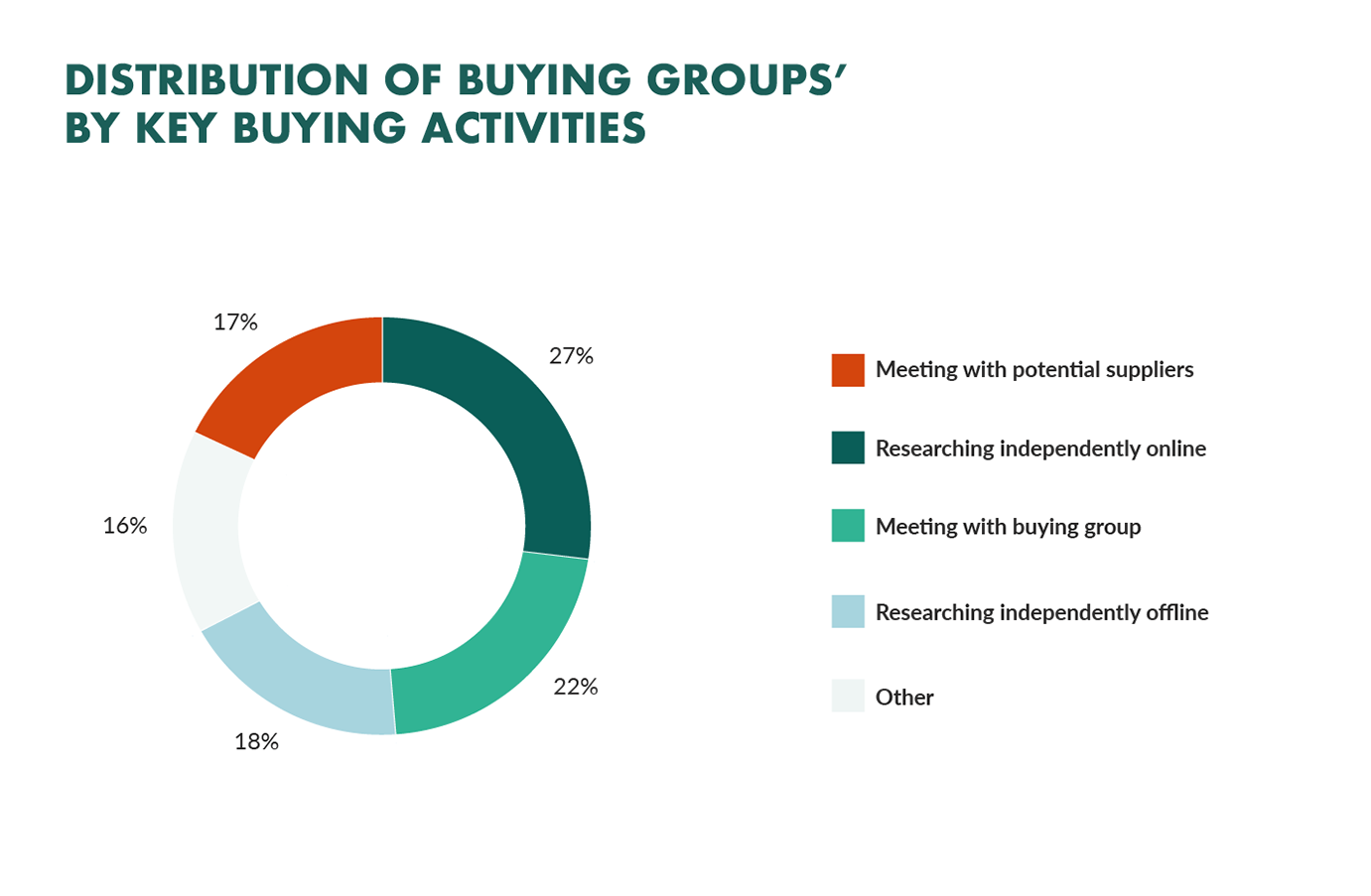
Each new influencer brings in new concerns and opinions, which makes the buying process longer and more difficult.
The good news is that despite the complex nature of the buyer’s journey, you can take control of the buying experience. There are actually eight ways to do that.
8 ways to improve the buying experience to convert more customers
Providing a great buying experience isn’t easy.
But by being consistent in following the tips below, you’ll build a flow that makes your prospects happy and drives more sales.
1. Put the buyer’s needs first
What are your prospects looking for at every stage of the buyer’s journey? It’s paramount to make it easy for them to find all the necessary information without the need to search for it on your competitor’s site.
Even though customers hardly ever follow a neat path when they look into making a purchase, you can carefully map each interaction they have with your business.
By creating a map that satisfies the traditional stages of the buyer’s journey, you’ll support your prospects during their chaotic path regardless of the twists and turns they make.

Before mapping the touchpoints, answer the following questions:
- How does a prospect realize the need?
- Where are they looking for the necessary information?
- What resources do they trust?
- How many stakeholders are involved in the buying process?
Once you do that, you’re ready to make a list of resources and channels needed to reach your prospects in the right place at the right time.
The resulting map lets you create a flow where your prospective customers are supported in each phase of their journey.
2. Make it easy for buyers to ask questions
It’s not only content that’s needed to turn your audience into qualified leads or convert right away. Your prospects want to see there are people behind your brand who are ready to assist.
9 out of 10 users expect live chat on your website, and for a good reason. It’s the fastest way to get answers to questions related to a product or service without spending hours on in-depth research.
A staggering 63% of people who contacted a company via a live chat are likely to return to that site.
Meanwhile, 77% of users expect an instant response when they reach out through a live chat.
This can also be applied to contact forms. People that are contacted within five minutes after they submit a contact form are 21 times more likely to be qualified as leads than the ones who are contacted within 30 minutes.
However, according to the study conducted by Drift, only 7% of the 433 companies responded within the first five minutes to requests submitted. It means that a good response rate is one of the most significant competitive advantages you can offer.

3. Demonstrate relevant expertise
To buy from you, people need to trust you. The best way to boost your credibility in prospects’ eyes is to show that relevant companies have already had positive experience with your brand.
Adding your clients’ logos doesn’t take much effort from either your end or your clients, but brings huge benefits.
An overwhelming 92% of customers check online reviews before making a purchasing decision.
Don’t make your audience leave your website to find testimonials. Place them on your landing pages. And to make your testimonials look trustworthy, link to third-party review platforms, like G2 or Clutch.
Power Reviews has run a test to determine the effect of customer reviews on conversions. After adding testimonials, their client saw up to a 380% increase in conversion rates.
If you’re struggling with getting reviews from your existing customers, think of incentives that might encourage them to spend a few minutes sharing their experience with your company. These can be Amazon gift cards, a free upgrade, or simple discounts.
4. Show buyers there’s a human behind the brand
Show your prospects you aren’t another corporate machine following strict algorithms and not being able to understand their problems.
Brand empathy is a blend of understanding and generosity that is capable of delivering higher value than a customer might have ever expected and extends beyond the profit-making side of a business.
Have you ever signed up for any subscription-based service unintentionally? How did the company respond?
Giants like Amazon regularly prove they don’t want to charge their clients for services they don’t use. By providing hassle-free refunds for users who request canceling unintentional purchases, they increase loyalty and make word-of-mouth work for them.
As a high-ticket SaaS company, you might want to allow free users to extend the trial period. Yes, you’ll help out a lot of users that aren’t likely to convert. But at the same time, you’ll win over potential clients who have simply missed the trial period and would like to give it one more try.
Since the Covid-19 pandemic began, many businesses have been offering free tools or discounts to their clients. SaaS companies are not an exception.
PandaDoc, for instance, has introduced a new Free eSign plan, an unlimited free eSignature solution for all.
By being empathetic, you’ll connect with your prospects emotionally.
And 76% of customers that feel connected to a brand agreed they would buy from them over a competitor.
5. Answer all buyers’ questions upfront
Providing reactive support is great, but answering your buyers’ questions before they even ask is better.
73% of consumers confirm they would be ready to pay more for a product or service that’s completely transparent.

Share product comparisons right on your website. Don’t deny the fact there are cheaper alternatives on the market – your prospects know it already.
Don’t hide terms and conditions from your customers. Make sure all the information they need to know when making a purchase is easily accessible.
Finally, inform your customers when something goes wrong. If your freemium users notice that your app is down and you don’t take any measures (at least they think so), it’s very unlikely they would be eager to turn into paying customers.
6. Give them access to your community
During the buying process, a person evaluates a lot of factors, including a company’s responsiveness.
55% of companies with branded communities agree the community has helped them to drive more sales.
A community forum is a place where your users can ask questions about the product or inform about any issues arising. The questions can be answered by your employees or/and other community members.
Such a forum will be useful for building a community around your brand, as well as giving your prospects access to the library with all the questions about the company answered.
7. Be convenient
Among the many barriers that customers face when looking into purchasing a product, the purchase process itself takes a special place.
Even after a prospect makes it all the way through the buyer’s journey and decides to buy from your brand, there’s still no guarantee they’ll make a purchase.
If your checkout process takes too long, there is a good chance your prospective customer will give up.
Research by MSTS found that 57% of B2B buyers didn’t complete a subscription because the sign up process was too complex.

Here are the key steps that will help you decrease the abandonment rate:
- Avoid asking for too much information,
- Use copy to clarify what’s required,
- Add multiple payment processing options,
- Use data validation and autocomplete,
- Place live chat on the checkout page.
8. Offer a seamless onboarding experience
Acquiring new customers is just half the work. A positive buying experience is what will help you retain them and boost your profits.
On average, repeat customers spend 67% more in months 31-36 (2,5 - 3 years) of their relationship with a brand, than they do in the first six months.

That’s why you shouldn’t leave your customers to themselves once they make it through the checkout process.
86% of people are more likely to stay loyal to a company that provides quality onboarding content that educates them after they’ve made a purchase.
It’s a good idea to invest in an onboarding program that welcomes and explains the fundamental features of the product, thus reducing the risk of losing your clients to a poor customer experience.
Conclusion
The buying process isn’t a one-step action.
It involves dozens or hundreds of touchpoints – each of them forming the buying experience.
The latter depends on multiple factors, including convenience, emotional connection, company responsiveness, and many more.
If you continually evaluate your interactions with your audience and optimize the touchpoints to better serve their needs in every stage of their journey, you’re sure to provide a positive buying experience and convert more customers.
